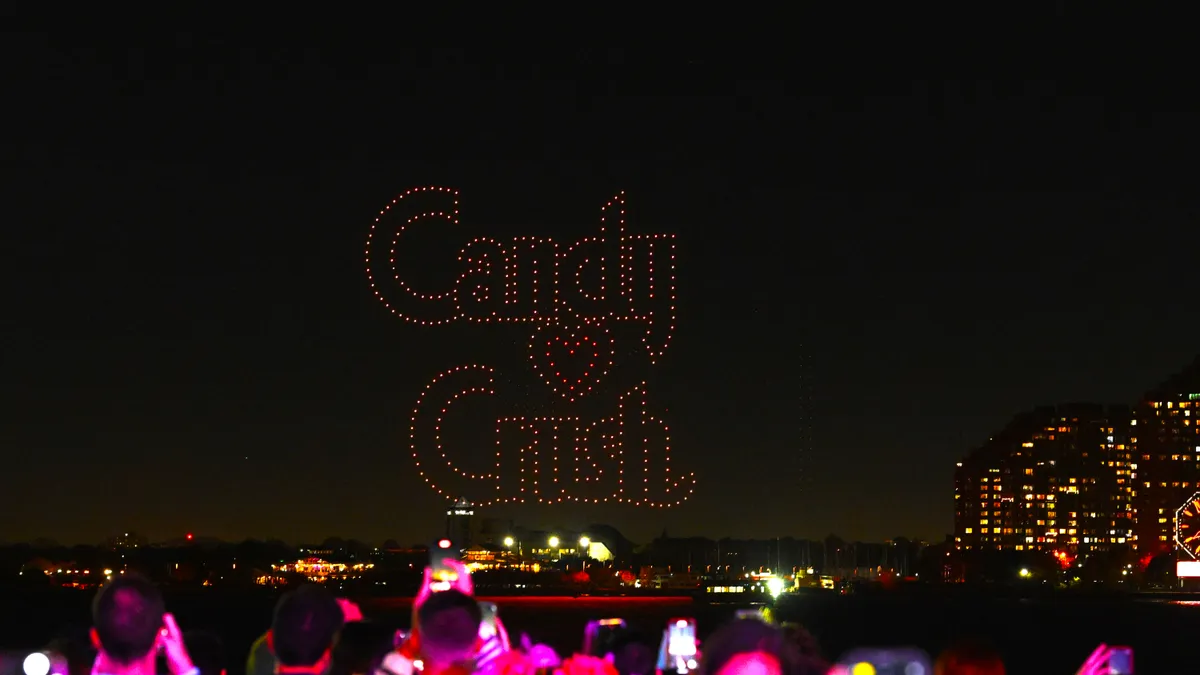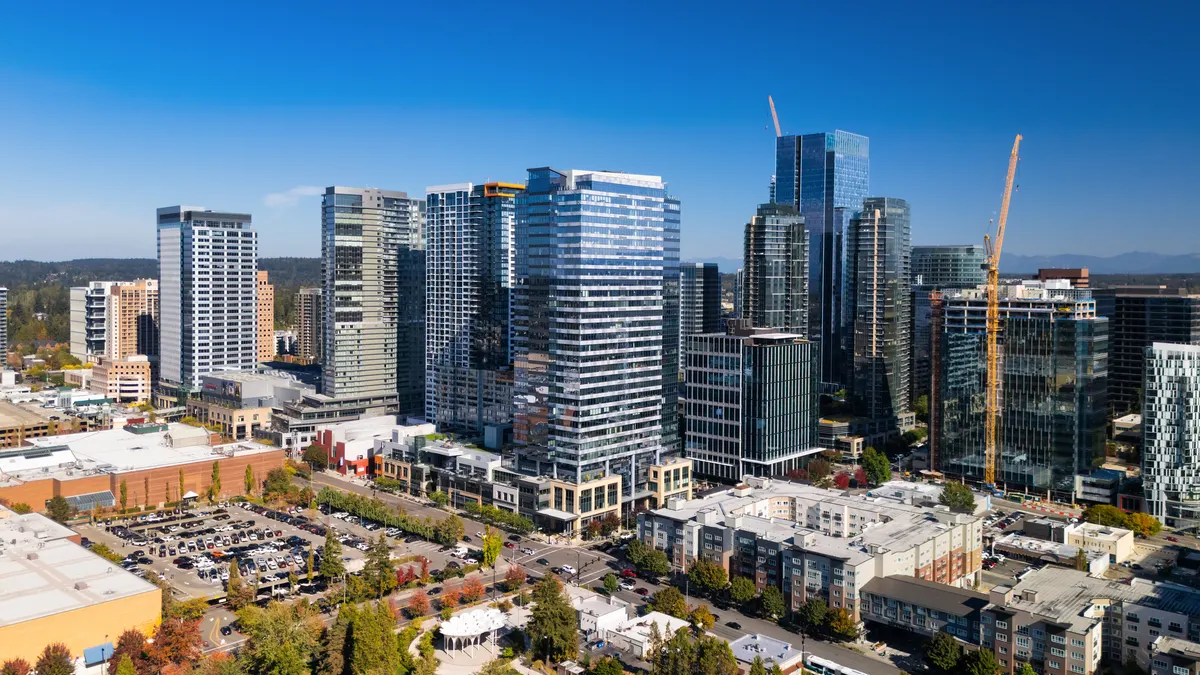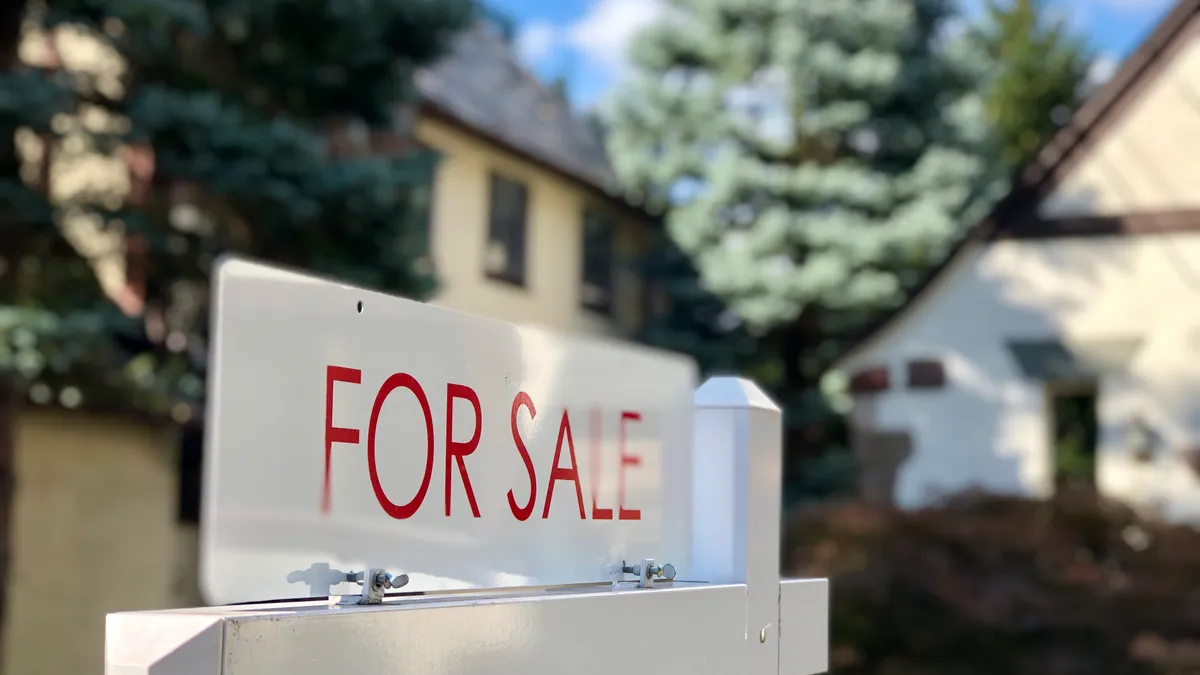Earlier this month, hundreds of drones lit up the New York City skyline to promote the “Candy Crush” video game, effectively creating an LED-powered billboard in the sky that delighted some New Yorkers and frustrated others. Americans elsewhere, beware: Drone-based advertising could soon come to a city near you.
As of Nov. 18, there are about 867,000 recreational and commercial drones registered in the United States, and federal authorities expect that number to reach 2.3 million by 2024. The Federal Aviation Administration, which regulates U.S. airspace, and other policy leaders are focused on other uses for drones, such as disaster response or the delivery of lifesaving medicine in rural areas.
But as drones become more enmeshed in everyday life, these large-scale advertising plays could also grow. That creates opportunities and challenges alike for cities trying to navigate the increasingly crowded American airspace, said Britney Kohler, the legislative director for transportation and infrastructure at the National League of Cities.
“We are always thinking about how we use new technology to innovate, but also, how do we understand what's happening in our skies from other users who are participating?” Kohler said. “There’s a lot of opportunity for cities to jump into this in a clear way with their constituents.”
While the drone marketing sector is still relatively small, major cities will have to contend with it eventually. For instance, Capitol Outdoor, an advertising company that coordinated a drone light show for the National Basketball Association’s 2022 draft in New York City, recently launched its drone offerings. It’s initially targeting 10 cities for regular drone shows, including Atlanta, Chicago, Houston, Miami and San Francisco.
Drone advocates say these light shows could be an alternative to other disruptive displays.
“Small airplane aerial advertising and firework shows are increasingly criticized for their negative environmental impacts and loud noise, and entertainment venues and advertisers are turning to drones to fill this gap,” said Michael Robbins, executive vice president of government and public affairs at the nonprofit Association for Uncrewed Vehicle Systems International.
But in some cities, would-be drone marketers could face opposition due to local restrictions on billboards and other aerial advertising. Four states — Alaska, Hawaii, Maine and Vermont — have banned billboards altogether, while cities such as Houston; Los Angeles; St. Paul, Minnesota; and Kansas City, Missouri, have limited new billboard construction. Other cities, including San Francisco, Austin and Nashville, have considered bans on aerial advertising over the past decade but didn’t enact them.
“Just as we support communities that want to implement restrictions on digital advertising, we would urge community leaders to weigh the potential negative impacts of drone advertising,” said Mark Falzone, president of Scenic America, an anti-billboard nonprofit.
Yet it’s still unclear whether cities will be similarly hostile to drone shows, which are classified as aerial advertising. After the Candy Crush display, for example, a New York state senator said he would look into legislation to bar drone-based advertising, Gothamist reported, even though the drones flew from New Jersey to comply with New York City’s airspace restrictions.
Robbins said that because the federal government regulates drones, cities must work with federal regulators to limit drone-based advertising.
Meanwhile, federal regulators are trying to catch up with the rapid commercial and recreational drone expansion, said Stephen Luxion, executive director of the Alliance for System Safety of UAS through Research Excellence led by Mississippi State University.
“When creative minds start doing things, technology always outpaces regulation,” Luxion said.
Some changes could soon come at the federal level, given Congress is set to reauthorize the FAA next year. Drones, officially known as unmanned aerial systems, are at the top of the regulatory discussion, and industry leaders are pushing for more clarity around certification and commercial rules for drones.
An FAA spokesperson said in an email that “safely integrating drones into the National Airspace System is a key priority” for the agency.
Cities, too, want answers. Kohler said the FAA largely expects local law enforcement to “chase down errant drones” in areas where they are restricted, creating an “unfunded mandate” for cities with limited resources. As the FAA’s next iteration comes into focus, she said officials should “be very thoughtful about how they use their authority” to allow commercial and recreational drones in communities.
Kohler said that public officials should update drone regulations “before there are more examples of Candy Crush lighting up the sky.”




















